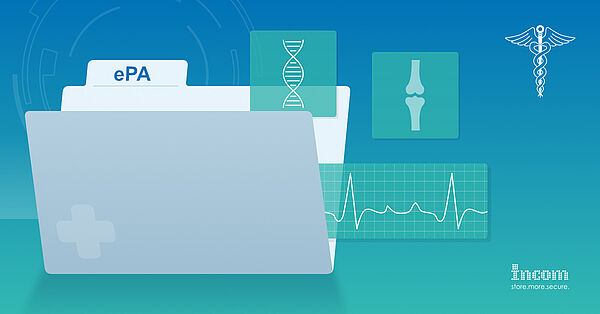The digital ideal is to have all the information you need always and everywhere and, above all, immediately available. For this to happen, however, 200,000 doctors, hospitals and other service providers must first be networked with each other in order to breathe life into the electronic medical record. In the test phase launched at the beginning of the year, documents such as doctor's findings, X-rays or the vaccination certificate are to be stored digitally here in order to have this information available everywhere and thus, for example, to avoid duplicate examinations.
As much as the electronic health record is praised by its advocates, its opponents are equally vocal. For example, the Federal Constitutional Court recently rejected two urgent applications by plaintiffs who saw informal self-determination at risk and were critical of the evaluation of patient data by the health insurance funds for new offers and for quality assurance. Since each insured person can currently still decide for him/herself whether to participate, the judges did not see this danger.
The criticism is not completely unfounded, however, if one looks at the infrastructure in many doctors' practices. Naturally, IT security often plays a subordinate role here and it is not uncommon for operating systems to be used for scanners, printers or other peripheral devices that have been discontinued for years and can thus easily be a gateway for malware to enter.
The most recent data breach is reported from France, where 500,000 patient data of a renowned hospital software provider were stolen from the cloud and published on the internet. How fragile even professional and particularly protected networks are could also be seen last year at the University Hospital in Düsseldorf, where hackers paralysed the entire hospital operation and examinations and even operations had to be postponed because access to the necessary data was no longer possible. Even if the data on the servers of the electronic health record are secure, the transfer alone and also the handling of the data on site always harbours a residual risk.
As a provider of optical storage and publishing systems, we have been supplying hospitals and medical institutions for decades with production systems for making patient CDs or DVDs, which bring all digital examination recordings in the highest resolution simply and securely (the media are clearly marked with the date of the examination and the patient's name so that they cannot be confused) to the specialist. The patient data handed over in this way (with a very high data volume) could only be made quickly accessible via data lines with very high bandwidth.
